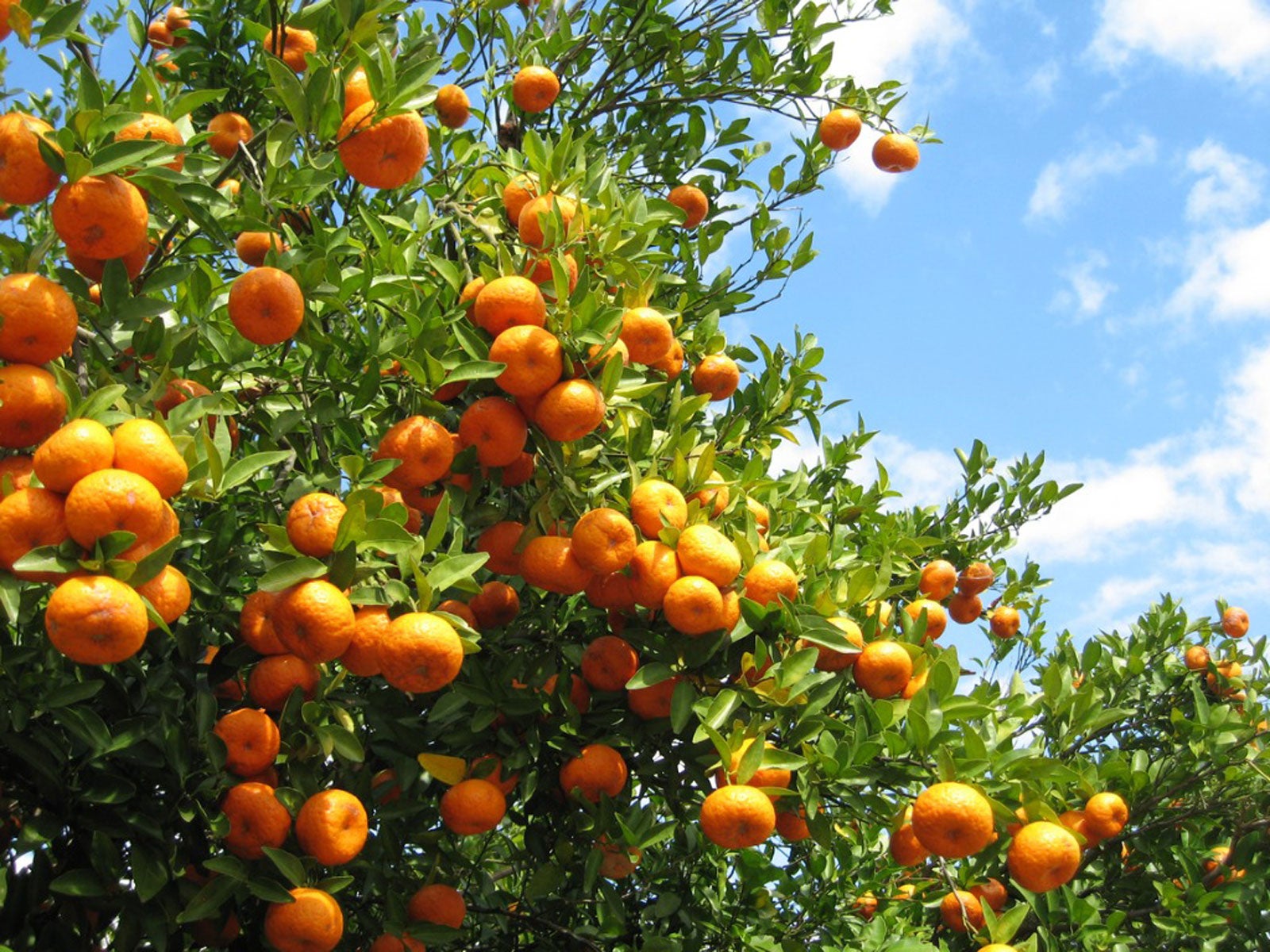Southeastern U.S. Fruit Trees – Growing Fruit Trees In The South


Nothing tastes quite as good as fruit you’ve grown yourself. These days, horticulture technology has provided a near perfect fruit tree for any area of the southeast.
Choosing Southern Fruit Trees
Fruit you can grow in the south is often chosen by your zip code on specialized nursery sites. Local nurseries and even big box stores can purchase appropriate trees for the growing zones they serve. Autumn is often the best planting time for fruit trees.
While it is no problem to find just the right southeastern U.S. fruit trees for your area, you still have many decisions to make:
- How many trees should you buy?
- How much room to is needed to accommodate them on your property?
- Which fruits will you choose?
- How much maintenance will be necessary?
- How will you store or preserve the extras you’re likely to have?
While it normally takes three years of growth to reach an optimum harvest on southern fruit trees, you’ll want to make decisions early and plant accordingly. Nobody wants to put in all the work necessary for a plentiful crop and have fruit wasted from lack of planning.
Growing Fruit Trees in the South
Deciding which fruit to grow depends largely on what your family likes to eat. Apples, pears, peaches, and citrus grow in many areas of the southern U.S. If you have adequate space, you can grow them all. You will see that most trees have a requirement of chilling hours to produce. Here is a word on your choices:
- Citrus: Some citrus trees can grow as far north as USDA hardiness zone 7, in North Carolina and thereabouts. Some varieties are limited to coastal areas and most need special steps to protect from winter cold. Mandarin oranges, navel oranges, satsuma, and tangerines can grow and produce well in these regions with additional care. These and other citrus grow readily in USDA zones 8 to 11, but some may need winter protection for episodes of untimely freezing.
- Peaches: Peach trees are one of those trees that need winter chill hours. Consequently, they grow best in zones 6 and 7 in the southeast. Chill hours vary by type, so choose a tree appropriate for the climate in your area. Some peach trees will also produce in zone 8.
- Apples: Long season apples grow best in zones 6 and 7. Chill hours vary by type on apple trees as well. Even those with limited landscape space can likely make room for a couple of dwarf apple trees. Make sure not to plant in a “frost pocket.”
- Pears: Pears are often a favorite fruit in many households. They are of Asian or European descent. Some varieties grow in zones 8 and 9, while others fare well in zones 6 and 7. Pear types need chill hours, usually above freezing and below 45 degrees F. (7 C.).
There are numerous other fruit trees for warm climates. Do your research before planting to make sure you grow just what the family will consume and enjoy.
Gardening tips, videos, info and more delivered right to your inbox!
Sign up for the Gardening Know How newsletter today and receive a free copy of our e-book "How to Grow Delicious Tomatoes".

Becca Badgett was a regular contributor to Gardening Know How for ten years. Co-author of the book How to Grow an EMERGENCY Garden, Becca specializes in succulent and cactus gardening.